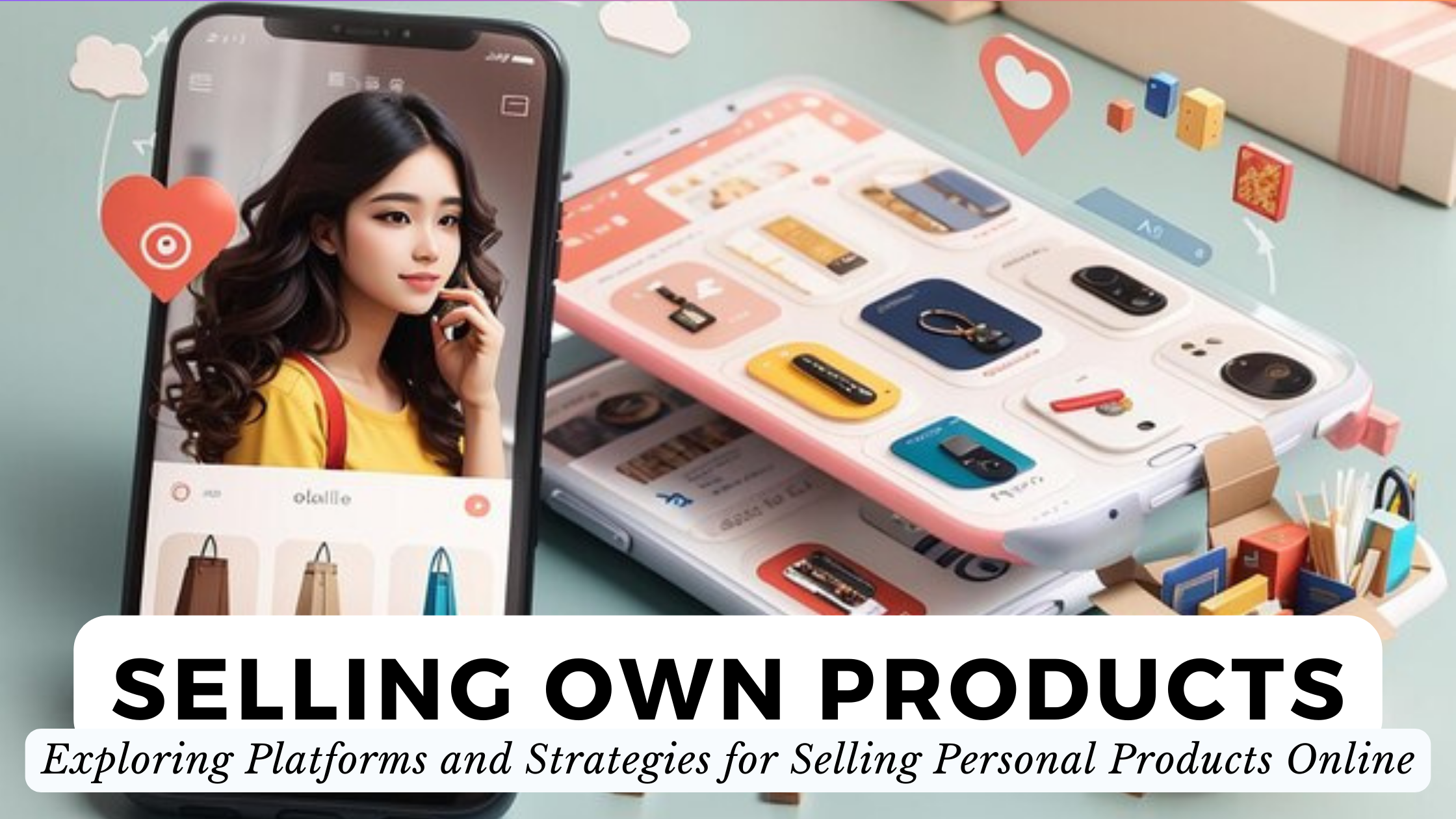Selling Own Products: Exploring Platforms and Strategies for Selling Personal Products Online


Selling Own Products: Navigating Platforms and Strategies for Online Sales
In the ever-expanding digital marketplace, the prospect of selling personal products online has become not only feasible but also potentially lucrative. Whether you’re a seasoned entrepreneur or someone just starting, exploring the right platforms and strategies is crucial for success. In this guide, we’ll delve into diverse SaaS solutions that can enhance your online selling experience.
Choosing the Right Platforms
1. Shopify
Shopify is a powerhouse in the e-commerce space, providing an all-in-one solution for building your online store. With customizable templates, secure payment options, and inventory management tools, it caters to both beginners and experienced sellers.
2. Etsy
If you specialize in handmade, vintage, or unique products, Etsy is a vibrant marketplace to consider. It provides a platform with a built-in audience looking for one-of-a-kind items.
3. Amazon Seller Central
For those aiming to tap into the massive customer base of Amazon, Seller Central offers a robust platform. It provides tools for managing your listings, analyzing sales data, and even fulfilling orders through Amazon.
4. BigCommerce
BigCommerce is a scalable e-commerce solution suitable for growing businesses. It offers features like multi-channel selling, inventory management, and marketing tools to enhance your online presence.
5. WooCommerce
WooCommerce, a WordPress plugin, seamlessly integrates with your WordPress site, transforming it into a fully functional online store. It’s an excellent choice for those already using WordPress.
Strategies for Success
1. Social Media Marketing
Utilize platforms like Instagram, Facebook, and Pinterest to showcase your products. Leverage visual content, engage with your audience, and consider running targeted ads to reach a wider market.
2. Email Marketing
Build a subscriber list and use email marketing campaigns to keep your audience informed about new products, promotions, and exclusive offers. Tools like Mailchimp can assist in creating visually appealing emails.
3. SEO Optimization
Optimize your product listings for search engines to increase visibility. Understand keywords relevant to your products and incorporate them naturally in your product descriptions.
4. Customer Relationship Management (CRM)
Implement a CRM tool like HubSpot to manage customer interactions, track leads, and personalize communication. Building strong customer relationships can lead to repeat business and positive reviews.
5. Analytics and Reporting
Regularly analyze sales data and customer behavior using tools like Google Analytics. This insight can guide strategic decisions, helping you refine your product offerings and marketing strategies.
Conclusion: Streamlining Your Selling Journey
Embarking on the journey of selling your own products demands a thoughtful approach to platforms and strategies. Whether you opt for the simplicity of Shopify, the creativity of Etsy, or the vast reach of Amazon, the key lies in a holistic approach.
Unlock Exclusive SaaS Deals with Subscribed.FYI
Elevate your selling experience with Subscribed.FYI. Sign up for free to access secret deals on essential SaaS tools like Shopify, Mailchimp, HubSpot, and more. Maximize your potential for success in the competitive world of online selling.





